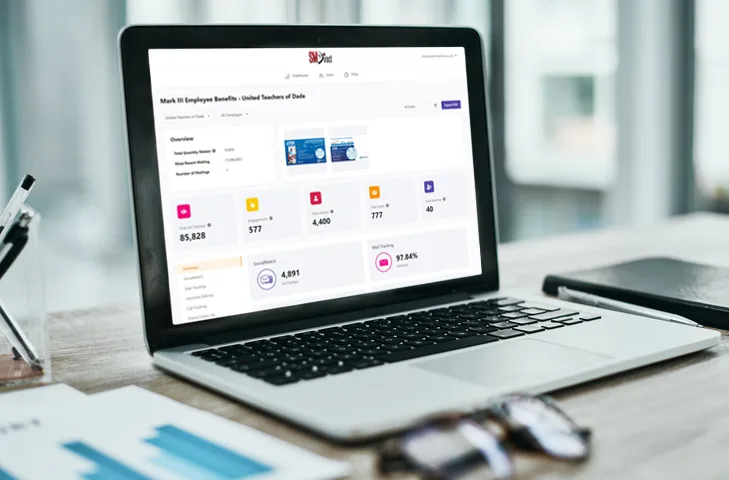In today’s digital-first world, having a responsive web design isn’t just a luxury—it’s a necessity. With more users accessing websites on mobile devices than ever before, businesses that don’t prioritize website responsiveness are already falling behind. Whether you’re building a site from scratch or updating an old one, a mobile-friendly approach is critical to deliver great UX design and stay ahead of the competition.
What is Responsive Web Design?
Responsive web design is a web development approach that ensures your website automatically adjusts to different screen sizes and devices—whether it’s a smartphone, tablet, or desktop. Instead of building separate versions of your site for different platforms, responsive design allows your content to scale, shift, and adapt based on screen resolution.Key Features of Responsive Web Design:
- Fluid grid layouts that resize content dynamically
- Flexible images and media that adjust to device dimensions
- Media queries in CSS for conditional styling
- Seamless navigation and UI across all devices
Why Mobile-Friendly Websites Are Essential
According to recent studies, over 60% of web traffic comes from mobile devices. If your website isn’t mobile-optimized, you risk frustrating visitors, losing leads, and dropping in search rankings.Here’s why mobile-friendly websites matter:
- Improved User Experience (UX Design): Mobile users expect fast, intuitive browsing. If your site takes too long to load or requires zooming and horizontal scrolling, users will bounce quickly.
- Better Search Engine Rankings: Google uses mobile-first indexing, meaning it primarily uses the mobile version of the content for ranking and indexing.
- Increased Conversions: A responsive, user-centric website design builds trust and reduces friction in the user journey, leading to more sign-ups, purchases, and contact form submissions.
How Responsive Web Design Impacts UX Design
Great UX design starts with understanding the user. Responsive design plays a massive role in ensuring that visitors can interact with your site smoothly, regardless of how they access it.Benefits of combining responsive design with UX best practices:
- Consistency Across Devices: Uniform design elements lead to familiarity and trust.
- Faster Load Times: Optimized code and adaptive media improve performance, which users (and Google) love.
- Accessibility: Responsive design supports accessibility standards, allowing more users to engage with your content effectively.
Best Practices for Implementing Responsive Web Design
Looking to improve your website’s responsiveness? Here are some practical steps you can take:- Start with Mobile-First Design: Design the mobile version first, then scale up for tablets and desktops. Use Flexible Layouts and Grids: Tools like CSS Flexbox or Grid are ideal for dynamic content structuring.
- Optimize Images and Media: Use SVGs or responsive image formats that resize based on screen size.
- Test on Multiple Devices: Emulators help, but real-device testing reveals true user experience.
- Leverage Responsive Frameworks: Bootstrap and Foundation are powerful tools to fast-track responsiveness.
Real Business Results from Responsive Design
Brands that invest in responsive web design often see:- Higher mobile conversion rates
- Lower bounce rates
- Increased page views per session
- Improved engagement across devices





